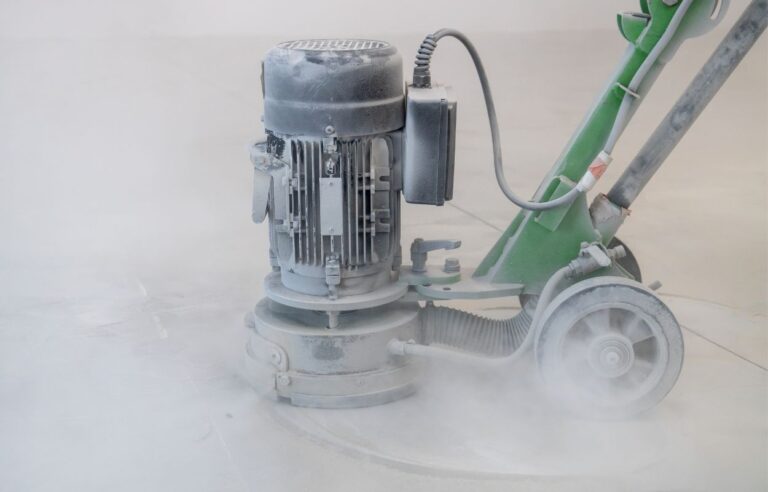
As the world becomes more conscious of the need to reduce carbon emissions and adopt sustainable practices, the construction and demolition industry is not left behind. Demolition, the process of dismantling structures, has traditionally been associated with pollution, waste, and other negative environmental impacts. However, advancements in technology have enabled the industry to adopt more sustainable practices. This article explores the role of technology in sustainable demolition practices and highlights some of the advancements that have contributed to the adoption of eco-friendly demolition techniques.
WASTE REDUCTION
One of the significant environmental impacts associated with demolition is waste generation. In the past, most demolished materials were transported to landfills, contributing to environmental degradation. However, technology has enabled the adoption of sustainable demolition practices that prioritize waste reduction. For instance, selective demolition is a technique that involves removing only the parts of a structure that are no longer required, leaving the remaining parts in place. This technique reduces waste and also saves on costs, as fewer materials need to be transported to landfills. Additionally, technology has enabled the use of specialized equipment such as high-reach excavators, which can reach up to 100 feet, allowing for the safe and efficient removal of materials without the need for manual labor.
RECYCLING AND REUSING
Technology has also played a significant role in enabling the recycling and reuse of materials from demolished structures. In the past, most materials were treated as waste and sent to landfills. However, advancements in technology have enabled the adoption of sustainable practices such as material recovery and reuse. For example, concrete and brick materials can be crushed into aggregate and reused as a base for new construction projects. Metal materials can be separated, melted down, and reused to manufacture new products. Additionally, recycling materials from demolished structures reduces the need to extract raw materials, which can help to conserve natural resources.
SAFETY AND EFFICIENCY
Apart from reducing waste and promoting the reuse of materials, technology has also contributed to the safety and efficiency of the demolition process. Demolition is a dangerous activity that requires skilled labor and specialized equipment. However, technology has enabled the development of safer and more efficient demolition techniques. For example, the use of drones has enabled the inspection of structures before demolition, which can help identify potential safety hazards. Additionally, demolition robots are becoming increasingly popular in the industry as they can be remotely controlled, minimizing the risk of injury to workers. Moreover, technology has enabled the use of software that can simulate the demolition process, allowing for the identification of potential hazards and optimization of the process for maximum efficiency.
In conclusion, technology has played a significant role in the adoption of sustainable demolition practices. Waste reduction, recycling and reuse, safety, and efficiency are some of the areas that technology has contributed to. These advancements have not only reduced the environmental impact of demolition but have also led to cost savings and increased safety for workers. As the world continues to prioritize sustainability, it is essential for the construction and demolition industry to adopt eco-friendly practices, and technology will undoubtedly play a significant role in this transition.





